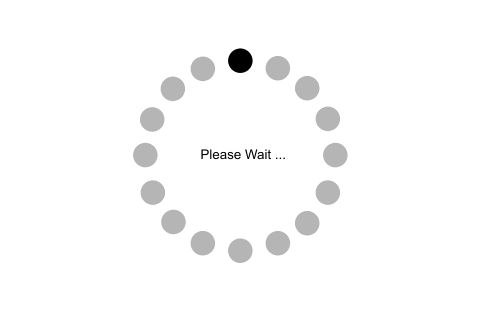What is C#(Sharp)?
Microsoft developed C#, a new programming language based on the C and C++ languages. Microsoft describes C# in this way: ”C# is a simple, modern, object–oriented, and typesafe programming language derived from C and C++.
C# (pronounced c sharp) is firmly planted in the C and C++ family tree of languages and will immediately be familiar to C and C++ programmers. C# aims to combine the high productivity of visual basic and raw power of C++.” Anders Hejlsberg, the principal architect of C#, is known for his work with Borland on Turbo Pascal and Delphi (based on object–oriented Pascal).
CURRICULUM
- 1.1 What is C#(CSharp)
- 1.2 Why use C#(CSharp)
- 1.3 What is Advantages of C#(CSharp)
- 1.4 Histry of C#(CSharp) programming language
- 2.1 CLR Architecture and services
- 2.2 Just in time (JIT) Compiler
- 2.3 Microsoft intermediate Language (MSIL)
- 2.4 Disassembling the il code
- 3.1 Language fundamental
- 3.2 Data type and control structure
- 3.3 Value and ref type
- 3.4 Declare and initializing value
- 3.5 Cts type
- 3.6 Conditional operator
- 3.7 C++ operator
- 3.8 Looping syntax
- 3.9 Array
- 3.10 Structure
- 4.1 What is Class and object
- 4.2 Encapsulation attribute
- 4.3 Define Constructor
- 4.4 Define methods and their type
- 4.5 Overloading methods and constructor
- 4.6 Inheritance hierarchies
- 4.7 Implementation inheritance hierarchies
- 4.8 Core concepts of constructor
- 4.9 Method overloading, overloading and hiding concepts
- 4.10 Abstract and scaled classes
- 4.11 Exposing interface
- 4.12 Interface polymorphism
- 4.13 Play with namespace
- 4.14 Class access Modifiers
- 4.15 Partial Class
- 7.1 Means of error, bug and exception
- 7.2 Role of .net Exception Handling
- 7.3 System level exception
- 7.4 Application level exception
- 7.5 Try and Catch block
- 7.6 Handling multiple Exception
- 7.7 Finally block
- 7.8 Throw exception on request
- 7.9 Costume exception
- 8.1 What is Delegate
- 8.2 Type of Delegate
- 8.3 Examples of Delegate
- 8.4 What is Event
- 8.5 Example of Event
- 9.1 What is Multithreading
- 9.2 Why use Multithreading
- 9.3 Thread Life Cycle
- 9.4 The Main Thread
- 9.5 Properties and Methods of the Thread Class
- 9.6 Creating Threads
- 9.7 Managing Threads
- 9.8 Destroying Threads
- 10.1 What is Assembly
- 10.2 Types of Assembly
- 10.3 Example of Assembly
- 10.4 What is Reflection
- 10.5 Use of Reflection
- 10.6 Example of Reflection
- 11.1 What is File Handaling
- 11.2 How to create file
- 11.3 How to write and read a file
- 11.4 How to delete file

